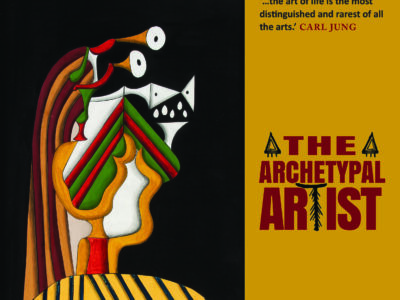Author Kaninika Mishra‘s book ‘Indic Quotient’ published by Bloomsbury features young and successful entrepreneur, whose comics ‘Vimanika’ have entertained younger India and older generation that were fed on books like ‘Chandamama’, as well
We lost one of the greatest artists who illustrated Vikram Betal for ‘Chandamama’, KC Sivasankar last week. ‘Chandamama’ was one of the several popular Indian publishers of comics that worked towards reviving Indic stories. The first Indian comics were started by the Times of India in 1964 with Indrajal comics and as we enter the 56th year of history of comics in India with Indian characters and mythological figures, many wouldn’t know that there are 60 Indian companies publishing comics in India. Something that was at its peak in the 80s and early 90s with ACK, Raj Comics, Champak, Lotpot, Chandamama, Tinkle and Diamond comics dipped.

Mid 2000 onwards, there was again a concerted effort to revive Indian Comic publishing. Author Kaninika Mishra highlights, through her journey into the heartlands of India interacting with several entrepreneurs and activists trying to revive ancient Indian culture and philosophies, a few of such efforts in storytelling, especially through illustrations and graphics, in her book ‘Indic Quotient’ published by Bloomsbury.
We publish an extract (with permission from publisher) where the author features young and successful entrepreneur and creator of Vimanika comic books, Karan Arora.

The venture was an outcome of his desire to share great stories from Indian legends. It wasn’t the paucity of comics in India that propelled me to start this venture,’ he explains. ‘I had a three-point agenda: first, educating the youth around the world about Indian culture, heritage and spiritual values; second, I felt the need to share the stories in a format that appeals to young people; third, I wanted these graphic novels to be created into live-action or animated films like Superman and Batman.’ Arora says that at first, his comics business was a stepping stone for his dream movie on Karna. The effort in creating the comic, he thought, helped structure his thoughts and create a basic storyboard for a movie in the future.‘I was wary of the film industry. A comic book, I thought, with a copyrighted story would help me safeguard it from plagiarism.’
Though he has not been able to work out a satisfactory deal with a movie producer for his concept on Karna yet, the comic business has been running successfully for the past 10 years. The superheroes of his stories are from Hindu mythology—lord Shiva, Kalki, Hanuman, Ganesha and the Dashavataras, among others.
Vimanika’s stories are age-old, but the art in its comic books is energetic and stylish. Apart from a team of animation artists, writers and editors, Vimanika also has archaeologists, researchers and historians who help keep the content authentic.
– Kaninika Mishra
Vimanika’s stories are age-old, but the art in its comic books is energetic and stylish. Apart from a team of animation artists, writers and editors, Vimanika also has archaeologists, researchers and historians who help keep the content authentic. Arora says that they choose impactful historical events, especially those that exemplify individual courage. ‘our comics are a complete package of drama, emotion, action and spirituality. They also have fantastic artwork.’
Some of Vimanika’s comics have been very successful, some not as much. Business, after all, has its ups and downs.The comic industry is competitive. It is dominated by publications from the uS, Japan and France. Further, several Indian comic book companies have also begun using Indic themes. Arora says that he had overestimated the market when he started Vimanika, but he is glad that he has been able to sustain and grow the business despite challenges.‘We have been able to build a strong team. We take up other work on graphic novels apart from producing our own comics.’The commissioned work, he says, provides the company regular revenue.
Avenues for alternative income streams in India’s comic industry are rather limited. In the uS, it is common for popular comic icons to be licensed out to brands for marketing their products. Inspired by this trend, Arora has tried to build new revenue channels through his comics.
‘We decided to take our heroes beyond books,’ says Arora. ‘We’ve ventured into merchandise, collectibles and toys.’

Vimanika’s characters appear on T-shirts and posters besides being available as sculptures and paintings. Today, 50 per cent of Arora’s revenues come from the sale of such merchandise. He has tied up with apparel firm Kapsons for the sale of Vimanika T-shirts in northern India. ‘We want to use different mediums because it enhances the appeal of our art.’ Arora is proud of his new product, a Shiva figurine. launched in 2019, it is a product in India and is aimed at collectors who buy expensive superhero toys. He reaches out to customers through social media. Arora says that the response has been positive, even though the product is priced high at 4,000 apiece. ‘We’ve already sold several on pre-orders before launch. Good quality figurines aren’t available in India and so we see great potential.’ This has encouraged him to start a line of action-hero collectibles of Hindu gods.























